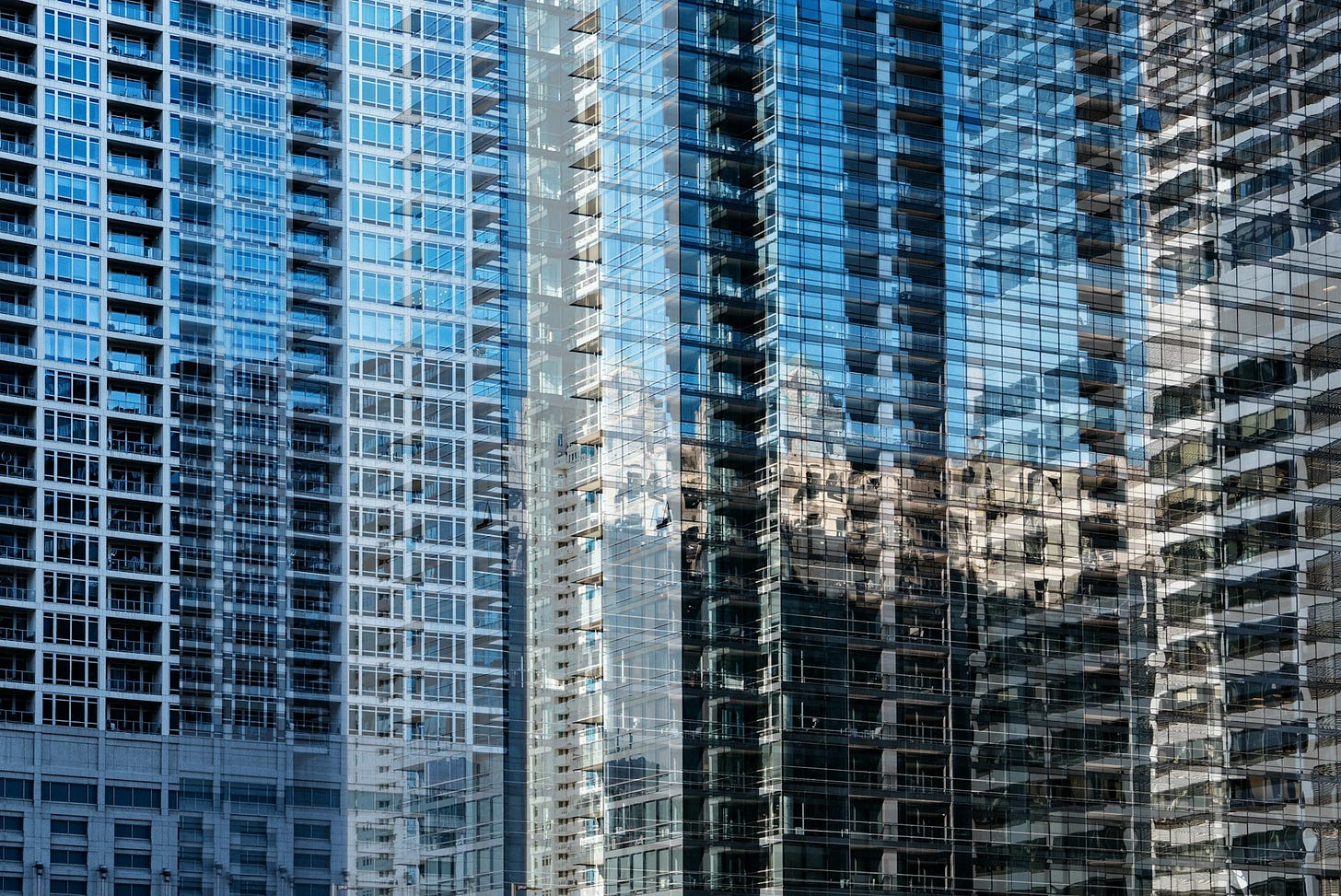The Dark Side of Luxury Apartments: How High-End Housing Contributes to Urban Inequality
The surge of luxury apartments in major cities worldwide has become a concerning trend. While developers and real estate investors often present these high-end residential units as a sign of urban rejuvenation and economic progress, the reality is far fro

The surge of luxury apartments in major cities worldwide has become a concerning trend. While developers and real estate investors often present these high-end residential units as a sign of urban rejuvenation and economic progress, the reality is far from glamorous. The overabundance of luxury apartments is a contributing factor to the city's deep-rooted issues, intensifying inequality and uprooting long-standing residents.
The very notion of a 'luxury' apartment is problematic as it caters exclusively to the affluent, creating a stark contrast between the privileged and the less fortunate in urban settings. These high-end units often flaunt amenities like concierge services, fitness centers, rooftop terraces, and top-tier finishes, driving up rental prices and rendering them unattainable for the average urbanite. Consequently, luxury apartments become havens for the wealthy, while lower-income residents are marginalized.
The development of luxury apartments also contributes to the gentrification of neighborhoods, displacing long-time residents and small businesses in favor of more affluent newcomers. Developers who buy up properties in traditionally working-class areas often demolish older, more affordable housing stock to make way for luxury units. This reduces the supply of affordable housing and erases the unique character and history of these neighborhoods, replacing them with homogeneous, upscale developments that cater to a narrow demographic.
The proliferation of luxury apartments is often seen as a sign of a city's economic vitality. Developers argue that these high-end properties attract affluent residents and professionals, boosting local economies and revitalizing urban areas. However, this trend could be more beneficial for the broader community.
Moreover, the influx of wealthy residents into gentrifying neighborhoods can lead to rising property values and rents, making it harder for long-time residents to remain in their homes. As a result, many are forced to move to more affordable areas, often further from their jobs and support networks. This displacement disproportionately affects communities of color and low-income households, exacerbating racial and economic segregation in cities.
The proliferation of luxury apartments also has broader economic implications for cities. By catering to the wealthy, these developments often fail to address the housing needs of most urban residents. Developers prioritize high-end units that generate the most profit instead of investing in affordable housing or mixed-income developments. This perpetuates housing insecurity for lower-income households and contributes to a lack of economic diversity in cities, as only the wealthy can afford to live in certain areas.
Furthermore, the emphasis on luxury apartments can lead to a misallocation of resources in cities. Governments may offer developers tax breaks or other incentives to encourage the construction of high-end housing, diverting funds away from more pressing needs like affordable housing, education, or public transportation. This prioritization of private profits over public goods reinforces systemic inequalities and hinders the development of more inclusive, equitable cities.
To tackle these challenges, cities must give precedence to the construction of affordable housing and enforce policies that foster economic and racial integration. This could involve mandating developers to include a certain percentage of affordable units in new projects, investing in community land trusts to safeguard affordable housing stock, and implementing rent control measures to shield tenants from displacement. Cities can also stimulate the development of mixed-income housing and promote economic diversity through zoning policies that encourage a variety of housing types and price ranges.
Ultimately, luxury apartments are problematic because they reinforce systemic inequalities and contribute to the exclusion of lower-income residents from urban environments. By prioritizing the needs of the wealthy over the majority of city dwellers, these developments exacerbate gentrification, displacement, and economic segregation. To build more equitable and inclusive cities, we must rethink our approach to housing and prioritize the development of affordable, diverse communities that serve the needs of all residents.


